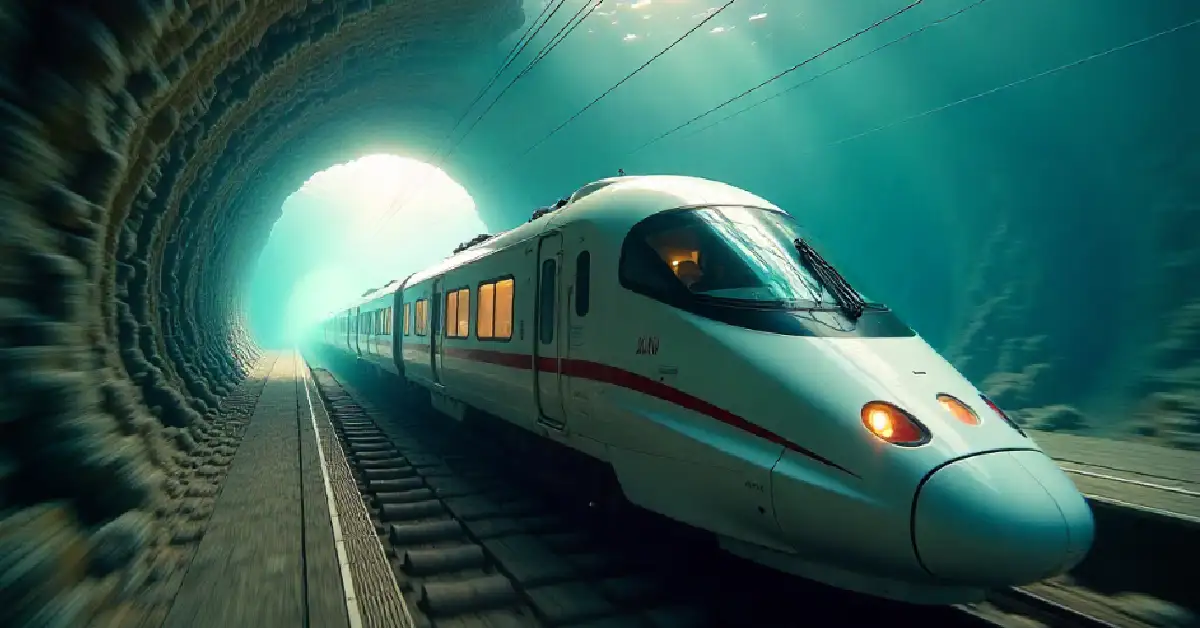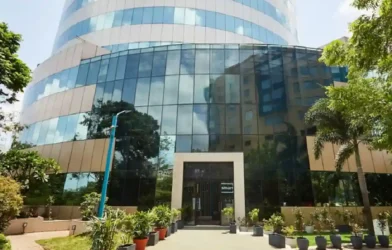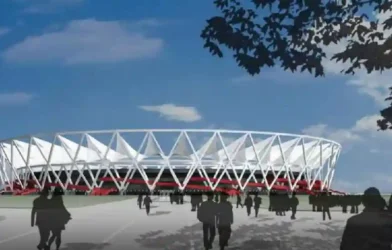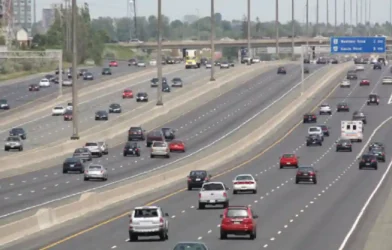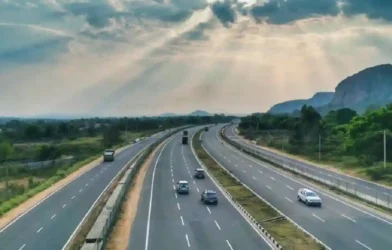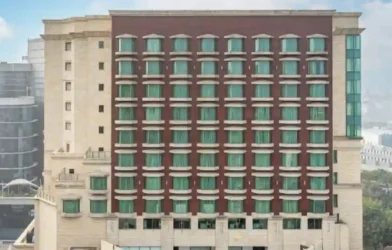Subtotal ₹0.00
India’s bullet train project crossed a major milestone on Saturday with the successful excavation breakthrough of a 4.8 km stretch of the country’s first undersea tunnel beneath the Mumbai-Thane creek.
Railway Minister Ashwini Vaishnaw, who reviewed progress at the site, called it a landmark moment for the ₹1.08 lakh crore Mumbai-Ahmedabad high-speed rail corridor, which will eventually feature a 21 km tunnel. The breakthrough comes just as Japan confirmed it will supply India with its next-generation E10 Shinkansen trains, with the first operational stretch between Surat and Bilimora set to open in 2027.
“This is an important milestone for the project as we construct India’s first undersea tunnel, connecting Mumbai and Thane through this challenging creek,” Railway Minister Ashwini Vaishnaw said, while visiting the construction site. When completed, the undersea tunnel will span 21 km. The project is being carried out by the National High Speed Rail Corporation Limited’s (NHSRCL).
A day earlier, Vaishnaw reviewed the high-speed rail project with a high-level Japanese delegation in Delhi. “Both sides expressed satisfaction at the progress of the project. The first section is expected to be operational by 2027,” the Railway Minister said.
Talks were held about introducing the latest E10 Shinkansen, Japan’s next-generation bullet train, with Railway officials confirming that Japan has agreed to provide India with this advanced train system. Vaishnaw also clarified that the bullet train and the Vande Bharat trains are being built on different platforms, and the Japanese Shinkansen trains will run on the bullet train corridor that is under construction.
“Hands-on training for loco pilots, and for maintenance staff is currently underway in Japan. Loco pilots are being trained on advanced simulators to uphold the highest standards of safety and efficiency,” Vaishnaw noted.
Regarding the undersea tunnel, Railway officials said that the excavation was carried out simultaneously from the Ghansoli and Shilphata sides of the Mumbai-Thane creek. “The teams had advanced toward each other through challenging underwater terrain. The breakthrough moment came when the two teams successfully connected today,” a senior official added.
While it currently takes nine hours to traverse the distance between Mumbai and Ahmedabad currently, the bullet train will reduce the travel time to just two hours and seven minutes, Mr. Vaishnaw said.
Giving a revised timeline on the phase-wise opening of the various sections, the Minister said that the bullet train, which will run at an average speed of 320 kmph will first be operational between Surat and Bilimora from 2027, and will later be extended to Thane by 2028, and to Mumbai’s Bandra Kurla Complex station by 2029.
The failure to get permissions for construction under the erstwhile Thackeray government in Maharashtra had led to a delay of two and a half years, and a cost-escalation for the ₹1.08 lakh crore project, Vaishnaw said. “The estimate of escalation of costs is being discussed with the Japanese government at the moment,” he added.
The Minister said that a detailed survey was underway, with an Indian Institute of Technology, Mumbai team working to understand why 78 houses on the bullet train corridor have developed cracks. “I have briefed the bullet train team on precautions to be taken within a 30-metre area of the bullet train corridor alignment to avoid any issues for residents. We will prepare a standard document on the issue and after approval of the Maharashtra and Gujarat governments, this will be released in public domain,” he said.
The initial frequency of bullet train services will be every 30 minutes during peak hour, which will be reduced to every 20 minutes as operations stabilise in the second phase, and then to every 10 minutes to meet growing traffic demands as per the future expansion plan.
Vaishnaw did not specify the fare structure for the bullet train services, but said it would be “reasonable”, and would cater to the middle class.
“There are many important towns en route like Thane, Vapi, Surat, Anand and Vadodara. It will connect and integrate the economies of major commercial centres. This is similar to the world’s first bullet train, connecting major centres like Tokyo, Nagoya, Osaka, and Kyoto which created a multiplier effect on Japan’s entire economy,” he said.
The project is progressing rapidly, with 320 km of the viaduct or bridge portions completed, station construction work moving at a fast pace across all locations, river bridges being constructed systematically, and the Sabarmati tunnel nearing completion, he added.
“The project employs the advanced New Austrian Tunnelling Method (NATM) with safety measures including ground settlement markers, piezometers, inclinometers, and strain gauges to ensure safe construction,” a Railway official said. “The use of single tunnel technology to accommodate two bullet trains and the deployment of 40-metre girders in viaduct construction represent technical achievement,” the official added.




